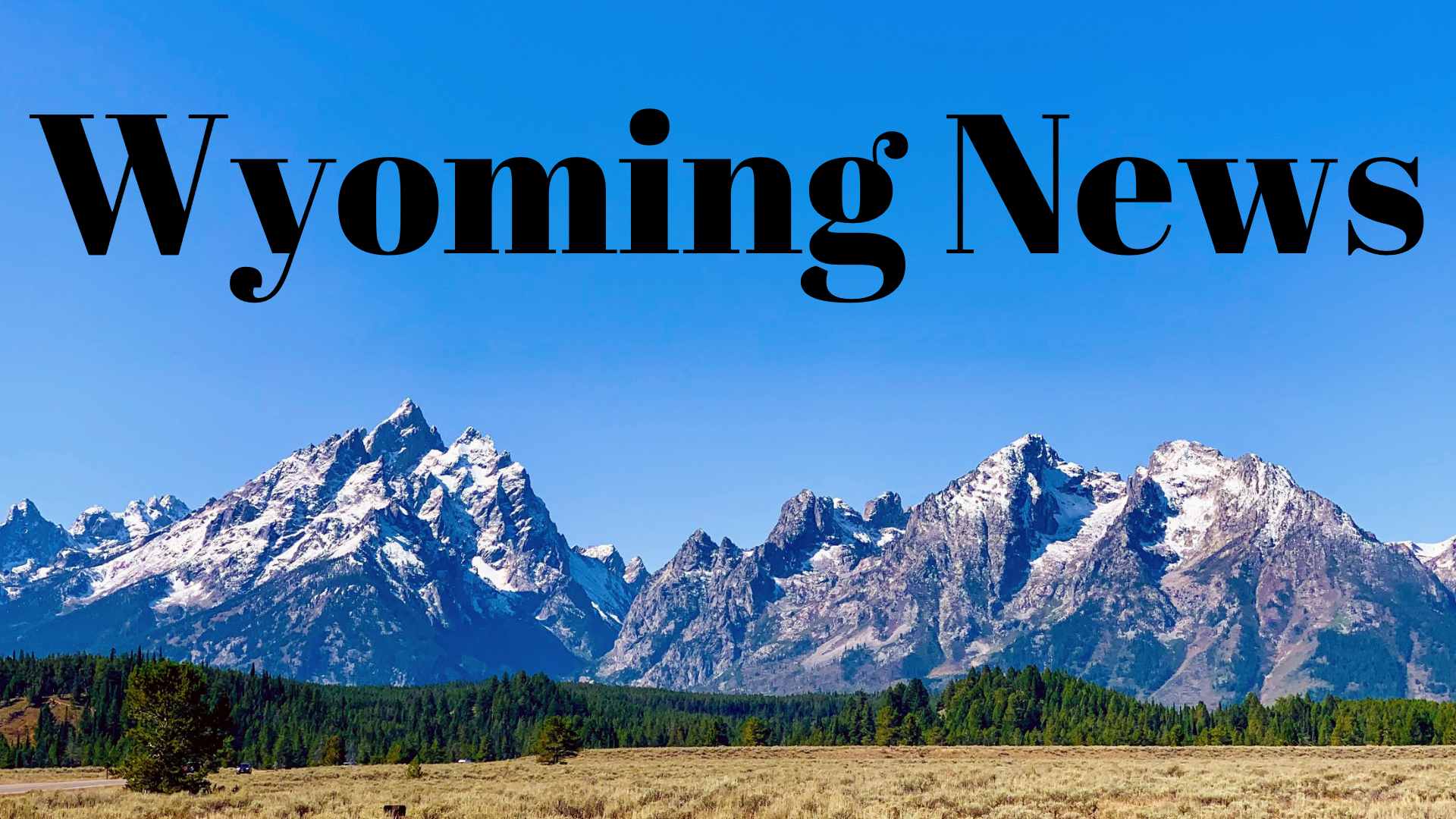Analysis says: Natural gas prices to cause grid shakeup, more power to come from renewables, coal

CASPER — More electricity will come from renewables and coal in the second half of 2024 in response to the rising price of natural gas, which is currently the single largest source of electric generation in the U.S. and is expected to climb by 36% by the end of the year, according to analysis released Tuesday from the Energy Information Administration.
Generators are pivoting primarily to solar, which will see a stellar 42% growth in its grid-share in 2024 as a handful of new megaprojects come online along with some utility scale battery banks, adding as much as 36.4 GW of new solar this year and significantly outpacing additions from other generating resources.
More than half of the new utility-scale solar is planned for three states: Texas will account for 35%, California will make up 10% of new capacity, and Florida will add 6%, with other additions planned for Nevada and New Mexico.
Solar is all but bypassing Wyoming, though, as politics and permitting hurdles continue to hamper expansion, local experts say.
Despite being top-10 for solar potential, photovoltaic generation accounts for less than 1% of Wyoming’s electricity, ranking 43rd in the U.S. The majority of that comes from the 92-megawatt Sweetwater Solar operation in Green River.
“Considering our public lands and permitting, our resource conflicts and all of those other issues, when you try and build really big projects, it’s a lot harder in a state like Wyoming,” Shannon Anderson, attorney with the advocacy group Powder River Basin Resource Council, told the Star-Tribune this year.
That could change if the BLM gets approval for its Western Solar Plan, which would streamline siting and make 22 million acres of federal land eligible for utility-scale projects, including new lands in Wyoming.
“Our goal is to drive development to areas of high solar energy potential, with fewer conflicts with other land uses, and that are close to transmission lines and have less environmental impact overall,” BLM Director Tracey Stone-Manning said during a press call earlier this year.
Despite losing market share to solar, changes in the natural gas market have some upside in the Cowboy State.
As home to 16 of the nation’s 100 largest natural gas fields and among the top 10 states in both natural gas reserves and production, the rising price of natural gas is likely to cushion the pockets of local producers, especially those with big plays in Sublette County where close to half of the state’s production by volume is located.
It will also give a small boost to the overall coal market, whose grid-share is projected to grow by 2% this year as a cheaper dispatchable alternative.
Although the bump will have minimal impact on Wyoming producers, largely because on-site stockpiles at power plants are already their highest in over a decade, the EIA shows, among the reasons the state’s largest coal producers, Arch Resources and Peabody Coal, reported year-over-year earnings decline in 2024.
Overall electricity demand in the U.S. will be about 2% higher in the second half of 2024 than in the same period of 2023, according to the EIA, driven by hotter temperatures, which means renewables and coal will have to provide more power to meet demand.
The hotter-than-normal temperatures have resulted in a 5% increase in electricity generation in the first half of 2024 than during the same period in 2023, as air-conditioning use increased in response to higher temperatures, according to the EIA.
Temperatures are projected to moderate in the second half of 2024, but the agency nonetheless expects 2% growth in electricity generation in the second half of the year due to growth in commercial sectors, especially demand from data centers.
“The increase in electricity demand paired with a decrease in natural gas generation creates a gap between the power we need and the power being produced,” said EIA Administrator Joe DeCarolis. “Utilities will look for a more economical alternative as natural gas prices go up. Since so much renewable capacity has been coming online the last couple of years, we expect renewables — especially solar — to fill most of the gap in the power mix. We expect utilities will also look to coal as a less expensive fuel source the rest of the year.”
This story was published on July 16, 2024.








